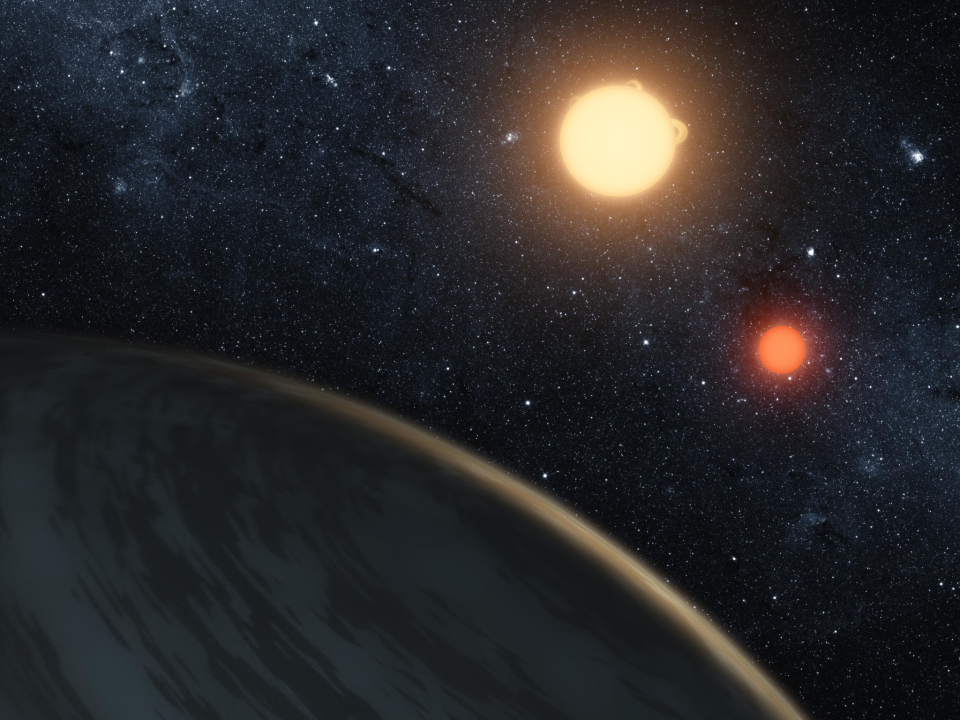Planets made of diamonds 'unlike anything in our solar system' could be forming, scientists say

A new study has suggested that exoplanets – worlds outside of our solar system – that are high in carbon could be made of diamonds.
Planets formed around our Sun, which has a low carbon-to-oxygen ratio, are more similar to the Earth.
The Earth’s diamond content is very low, at only 0.001 per cent; it is comprised mostly of silicates and oxides.
However, around a star with a high carbon-to-oxygen ratio could see planets form which much greater diamond content.
“These exoplanets are unlike anything in our solar system,” said lead author Harrison Allen-Sutter.
The study, published in The Planetary Science Journal, suggests that as long as water was present, then the carbon could be converted into diamond and silicate.
Researchers from Arizona State University and the University of Chicago came to this conclusion by recreating the interior of carbide (a compound of carbon and another metal) exoplanet with heat and high pressure.
They immersed silicon carbide in water and compressed the sample between diamonds cells, taken from a diamond-anvil, at a high pressure.
Following that, they heated the carbide and water; as a result of the heat and pressure, the silicon carbide reacted with water producing diamonds and silica.
Unfortunately, it seems unlikely that these diamond planets will be the basis of extra-terrestrial life.
Carbon-rich planets are too hard to be geologically active, which makes the atmospheric composition of these planets uninhabitable.
“Regardless of habitability, this is one additional step in helping us understand and characterize our ever-increasing and improving observations of exoplanets,” said Allen-Sutter.
“The more we learn, the better we’ll be able to interpret new data from upcoming future missions like the James Webb Space Telescope and the Nancy Grace Roman Space Telescope to understand the worlds beyond our own solar system.”
Possible signs of life have, however, recently been discovered on Venus.
Researchers have spotted phosphine, a rare and toxic gas, in the atmosphere of our neighbouring planet, suggesting that it may be home to alien life.
The sheer quantity of phosphine on Venus cannot be explained through any known process, leading researchers to suggest that it is a sign of alien life in our solar system.
Read more
Asteroid heading towards Earth has 0.41 per cent chance of hitting planet, Nasa data shows
'Alien' black hole so massive it shouldn't exist sends wave through the universe
Solar systems could have a large number of planets that are home to alien life, study finds

 Yahoo Finance
Yahoo Finance 